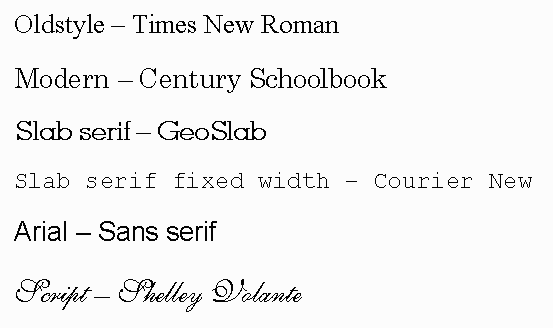Four Basic Principles
from
The Non-Designer's Design Book by Robin Williams
Contrast: The idea behind
contrast
is to avoid elements on the page that are merely similar. If
the
elements (type, colour, size, line thickness, shape, space, etc.) are
not
the same, then make them very different. Contrast is often the
most
important visual attraction on the page.
Repetition: Repeat
visual elements
of the design throughout the piece. You can repeat colour, shape,
texture,
spatial relationships, line thickness, sizes, etc. This helps develop
the
organization and strengthens the unity.
Alignment: Nothing on
the page should
be placed there arbitrarily. Every element should have some visual
connection
with another element on the page. This creates a clean, sophisticated,
fresh look.
Proximity: Items
relating to each
other should be grouped close together. When several items are in close
proximity to each other, they become one visual unit rather than
several
separate units. This helps organize information and reduces clutter.
|

